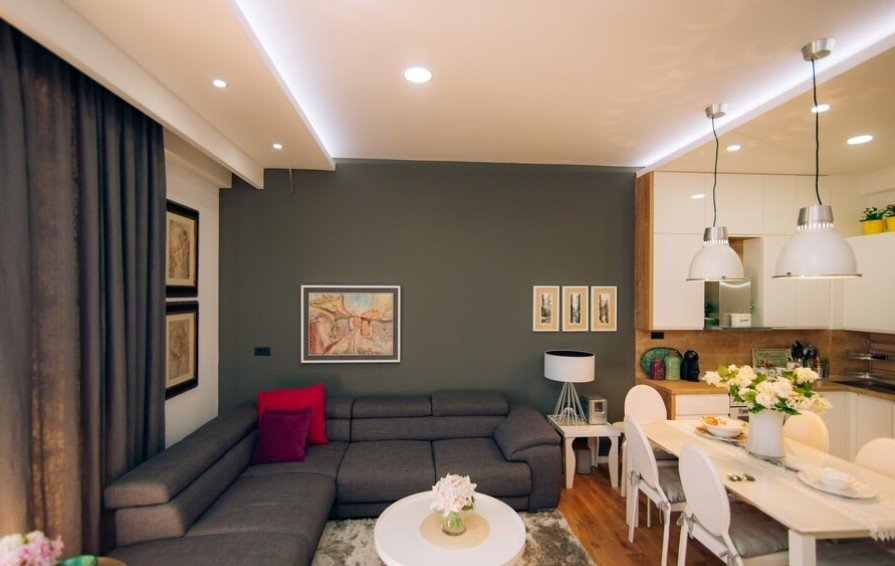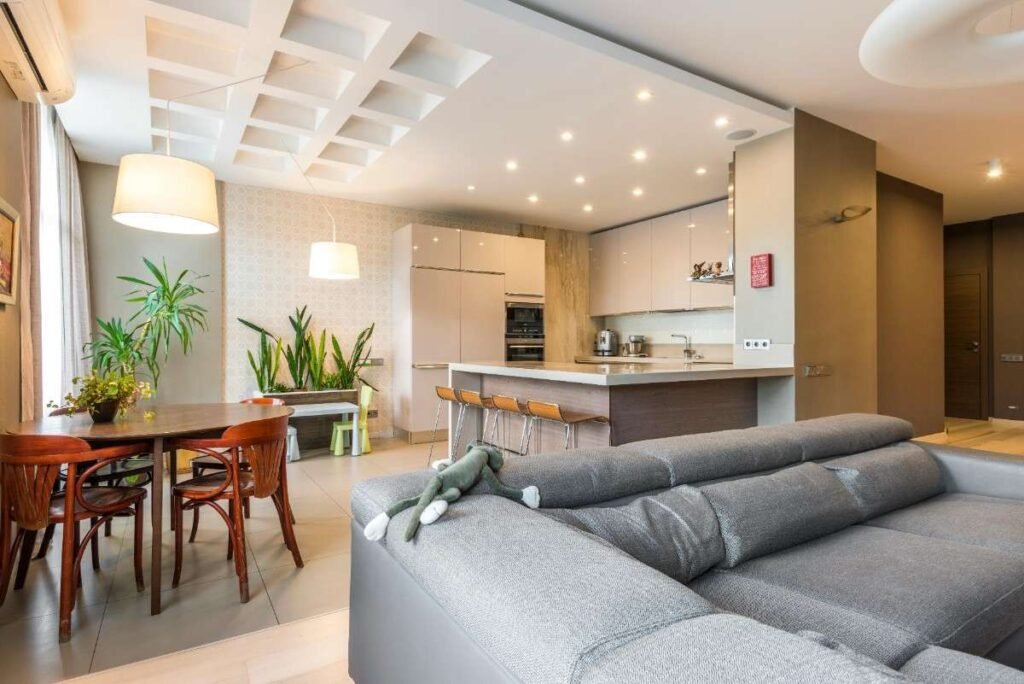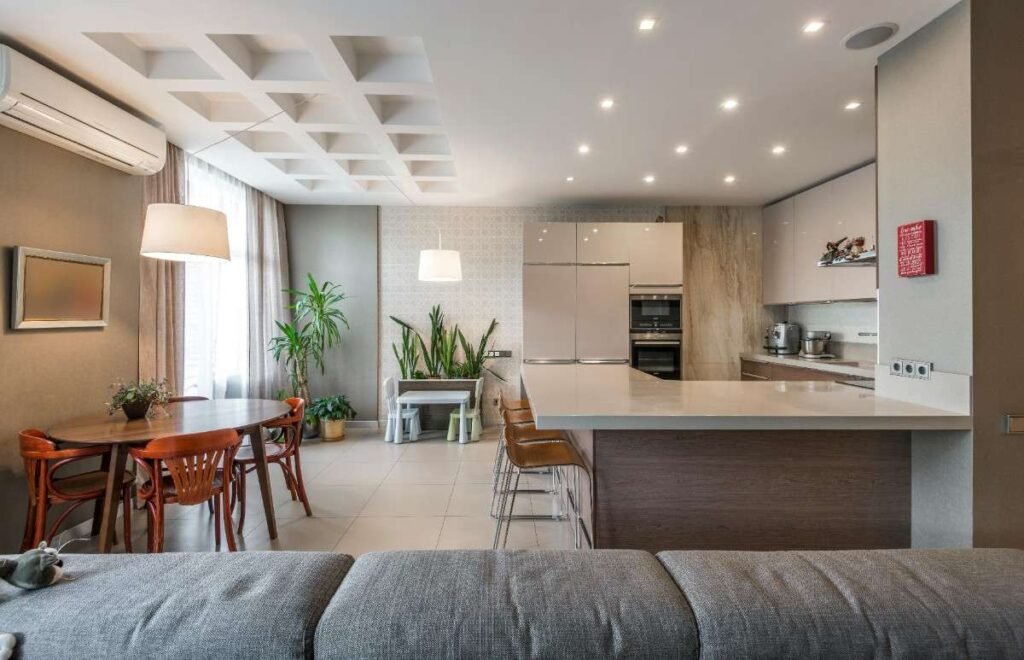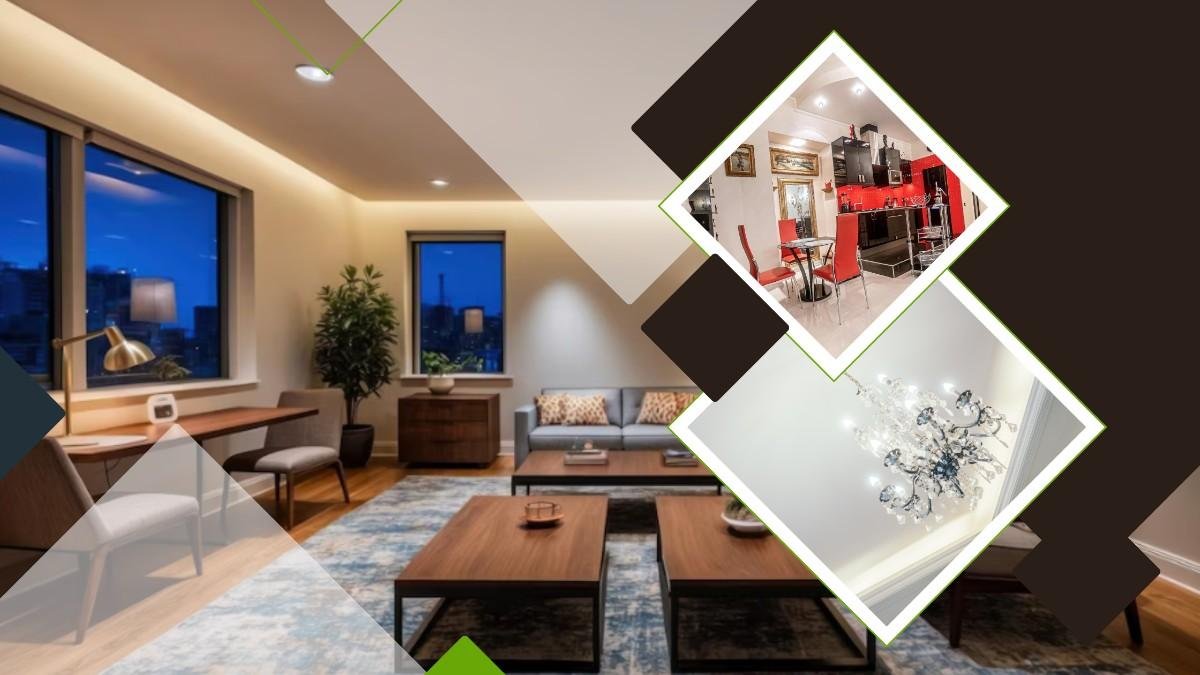Lighting is an essential yet often overlooked aspect of home design that can completely transform the way a space looks, feels and functions. A well-thought-out lighting plan does more than brighten a room; it enhances ambiance, improves functionality, and adds layers of depth and warmth to your home. If you’ve ever walked into a room and felt instantly welcomed, energized, or relaxed, chances are that the lighting played a big role in creating that atmosphere.
Designing a lighting plan may seem overwhelming at first, but with the right approach, you can create a cohesive, beautiful, and functional lighting scheme throughout your entire home. Let’s explore how to approach this process step-by-step.
Understanding the Basics of Lighting
Before jumping into room-specific plans, it’s important to understand the different types of lighting. A well-designed lighting plan usually combines three main types of lighting: ambient, task, and accent. Each serves a distinct purpose, and together they create a balanced and adaptable lighting environment.
1. Ambient Lighting
Often referred to as general lighting, ambient lighting provides full illumination and adjusts the tone of the room. It is typically the primary light source and fills the space with enough brightness to allow safe movement. Some major examples of ambient lighting are ceiling-mounted fixtures, chandeliers, and recessed lighting.
2. Task Lighting
As the name suggests, task lighting is more focused and is used for activities like reading, cooking, or working. Task lighting is usually brighter and more direct than ambient lighting to reduce eye strain. Examples include desk lamps, under-cabinet lights in the kitchen, and vanity lights in the bathroom.
3. Accent Lighting
Accent lighting is usually used to highlight specific features or develop visual interest within a space, such as artwork, architectural details, or plants. It adds depth and drama, enhancing the aesthetics of a room. Accent lighting might include track lights, wall sconces, or uplighting.
A good lighting plan typically involves layering these three types to create a dynamic and adaptable lighting scheme.

Step-by-Step Guide to Designing a Lighting Plan
Creating a lighting plan involves both functional and aesthetic decisions, and each room has unique requirements. Here’s a step-by-step guide to designing a lighting plan for each space in your home.
Step 1: Assess Your Space and Define Your Goals
Before you start selecting fixtures, take some time to evaluate each room’s size, layout, and purpose. Think about how you use each space, and consider the atmosphere you want to create. For example, a living room may need a softer, inviting lighting design, while a kitchen benefits from brighter, focused lights.
Consider the following questions:
- How is the room used, and who uses it most often?
- Are there any specific features or areas you want to highlight?
- Is natural light abundant, or does the room feel dark?
Having clear goals will help guide your choices and ensure that each room is lit appropriately.

Step 2: Create a Layered Lighting Scheme for Each Room
A good lighting plan uses layers to balance brightness, create ambiance, and provide functional illumination. Each room in your home will benefit from its specific combination of ambient, task, and accent lighting.
Living Room
The living room is a versatile space, often used for both relaxing and entertaining. To design effective lighting, focus on creating a warm, inviting ambiance with flexibility for different activities.
- Ambient Lighting: Start with a central ceiling fixture, like a chandelier or a large pendant light, to create a general layer of brightness.
- Task Lighting: Place floor or table lamps near seating areas for activities like reading or socializing.
- Accent Lighting: Use wall sconces, track lighting, or picture lights to highlight artwork or architectural features. You might also add a dimmer switch to adjust the mood as needed.
Kitchen
The kitchen is a task-focused space that needs bright, functional lighting to support activities like cooking, prepping, and cleaning. This is one of the rooms where layering is particularly important for both safety and comfort.
- Ambient Lighting: Recessed lighting is a popular choice for kitchens as it provides uniform, bright coverage.
- Task Lighting: Add under-cabinet lighting to illuminate countertops and workspaces. Pendant lights above islands or dining nooks can also serve as task lighting.
- Accent Lighting: To create a polished look, consider adding LED strips above cabinets or inside glass-front cabinets to highlight decor or dishware.
Bedroom
The bedroom should be a restful retreat, so aim for soft, layered lighting that promotes relaxation but also provides functional light for tasks like dressing or reading.
- Ambient Lighting: Ceiling-mounted fixtures, such as flush mounts or semi-flush mounts, work well for general illumination.
- Task Lighting: Bedside table lamps or wall-mounted reading lights are essential for nighttime reading or winding down.
- Accent Lighting: Consider using accent lighting to create a cozy, luxurious feel. For example, cove lighting behind the headboard or soft uplighting around a piece of furniture can add warmth.
Bathroom
Bathroom lighting should be bright and functional, especially around the vanity area where clear lighting is essential.
- Ambient Lighting: Use a central ceiling fixture to illuminate the entire space.
- Task Lighting: Vanity lights on either side of the mirror (or above the mirror if side lighting isn’t possible) will ensure even illumination for grooming tasks.
- Accent Lighting: For a spa-like atmosphere, consider adding a dimmer switch for evening relaxation, or adding soft under-cabinet lighting.
Home Office
A home office requires lighting that helps maintain focus and productivity, so prioritize task lighting while ensuring enough ambient light to avoid screen glare.
- Ambient Lighting: Overhead lighting such as a ceiling light or recessed lights will provide general illumination.
- Task Lighting: A desk lamp is essential for focused work. Look for one with adjustable brightness levels and positioning for optimal functionality.
- Accent Lighting: If you have bookshelves or artwork, small spotlights or wall sconces can highlight these areas without distracting from your workspace.

Step 3: Select Fixtures That Match Your Style
Once you have a plan for each room’s lighting layers, choose fixtures that complement your home’s decor style. These are some famous styles to consider for lighting plan:
- Modern: Sleek lines, minimalistic designs, often with metal finishes.
- Traditional: Classic shapes with intricate details, like chandeliers or wall sconces.
- Industrial: Exposed bulbs, metal finishes, and rustic details.
- Rustic/Farmhouse: Warm, earthy tones and materials like wood and iron.
- Scandinavian: Simple, useful designs with light hues and natural materials.
Lighting fixtures should harmonize with your overall decor to create a cohesive look throughout the home.
Step 4: Consider Energy Efficiency and Smart Lighting Options
Energy efficiency, which is an important factor, both for cost savings and environmental benefits. Here are a few options to make your lighting plan more sustainable:
- LED Bulbs: LEDs are long-lasting and consume significantly less energy than traditional incandescent bulbs.
- Smart Lighting Systems: Smart bulbs and lighting controls allow you to adjust brightness, color, and schedules from your smartphone, making it easy to customize lighting throughout the day.
Investing in energy-efficient and smart lighting options can enhance convenience while reducing your electricity bill.
Step 5: Use Dimmers and Controls for Flexibility
Dimmers are a valuable tool in a lighting plan, allowing you to adjust the brightness to suit your needs and mood. Install dimmer switches in key areas like the living room, bedroom, and dining room for maximum versatility.
Smart lighting controls can also give you remote control over your lighting, allowing you to automate schedules or change lighting based on the time of day, which is especially useful for outdoor lighting.

Typical Mistakes to Avoid in a Lighting Plan
- Overlooking Natural Light: Integrate natural light sources, like windows and skylights, into your lighting plan to make rooms feel brighter and more inviting.
- Relying on One Light Source: Avoid using a single overhead fixture to light an entire room. Layer various kinds of lighting to develop depth and interest.
- Skipping Task Lighting: Task lighting is essential for spaces where specific activities are performed, like the kitchen, bathroom, and home office.
- Not Considering Bulb Color Temperature: The color temperature of your bulbs affects ambiance. Warmer light (2700–3000K) is ideal for cozy spaces, while cooler light (4000–5000K) works better for work areas.
Conclusion
Designing a lighting plan for your home is both an art and a science, combining functional needs with aesthetic appeal. A well-executed lighting plan enhances every room, improving visibility, ambiance, and comfort. With the right balance of ambient, task, and accent lighting, along with energy-efficient fixtures and dimmers, you can create a flexible and inviting home that meets the needs of every space.

